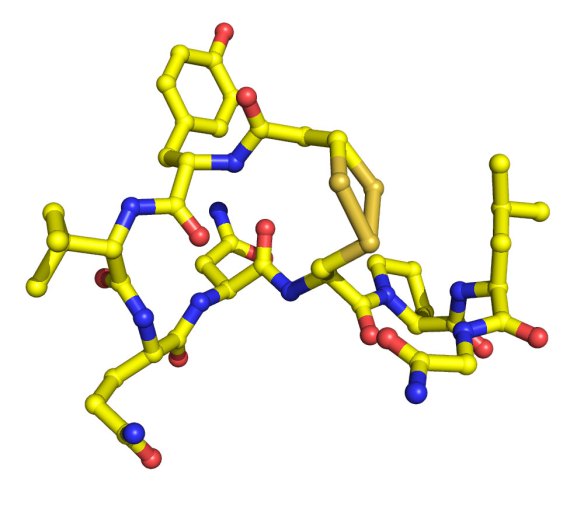Roses are red, violets are blue. Oxytocin in my brain makes me only want to be with you…
What is it?
Enjoyed by many, sought by more, exalted – and lamented – in almost every single song you’ve ever heard, love is all around. But what is the neurobiological basis of love and long-term pair bonds (i.e. monogamy)?
Very few (~3-5%) mammalian species exhibit pair bonds, and the most complete studies of the molecular basis for such pairings have been conducted on the monogamous prairie vole, a small rodent species of the grasslands of USA, which essentially mates for life. Prairie voles develop pair bonds in response to hormones, primarily oxytocin and arginine vasopressin, that are released in the brain after mating. These hormones act in the brain via specific neurotransmitter receptors; those voles already in pair bonds have many more of these receptors than voles that have not yet found a mate, indicating a role for the hormone and receptor in long term partnership. Furthermore, direct injection of oxytocin into the brains of a related species (the montane vole) is able to induce monogamous pair bond behaviour in this usually promiscuous species. Recently it was shown that oxytocin leads to long-term chromosome modification and altered gene expression in the prairie voles.
What does it look like?

Oxytocin is a small peptide hormone made up of just nine amino acids. It has a compact folded structure as a result of a chemical linkage – a disulfide bond – that connects two cysteine residues in its sequence to create a "pleat" in a ring like structure.
Where did it come from?
This structure is of a synthetic analogue of oxytocin. It was solved by S. Wood et al. and is structure 1XY1 in the Protein Data Bank.
References
Frontiers in Neuroendocrinology, (2011) 32: 53-69
Nature Neuroscience, (2013) 16: 919-24.
Science, (1986) 232: 633-636






